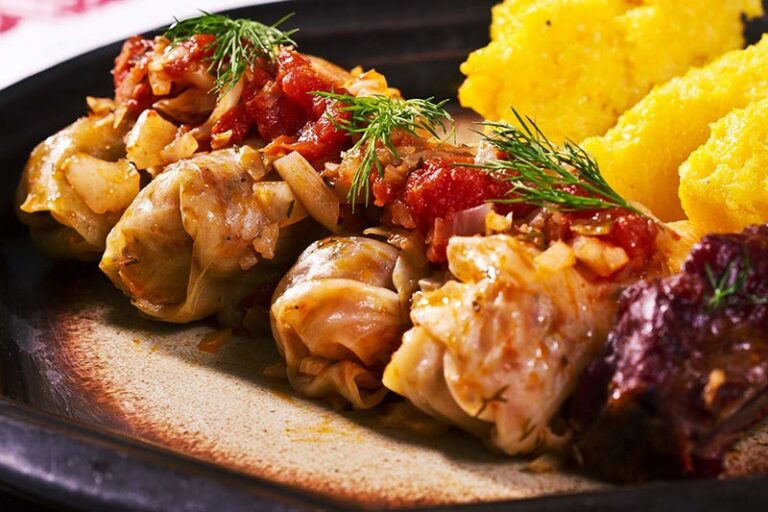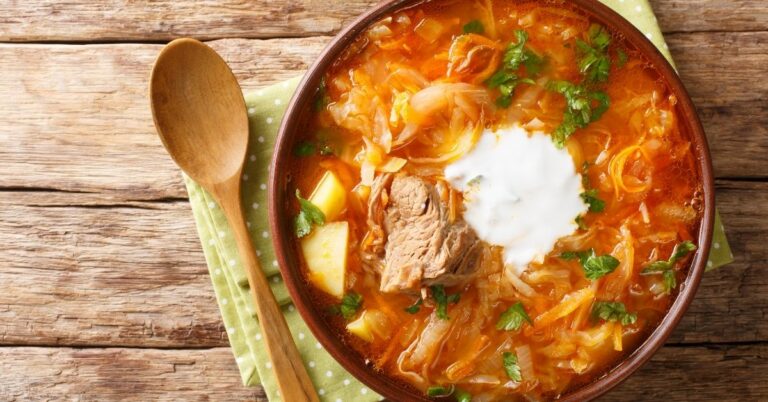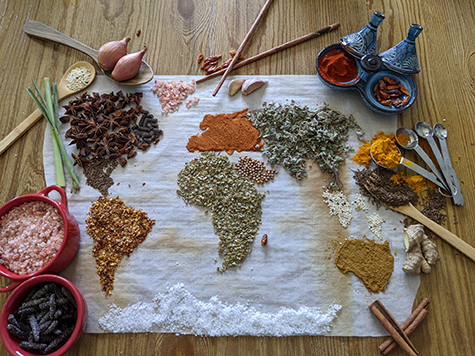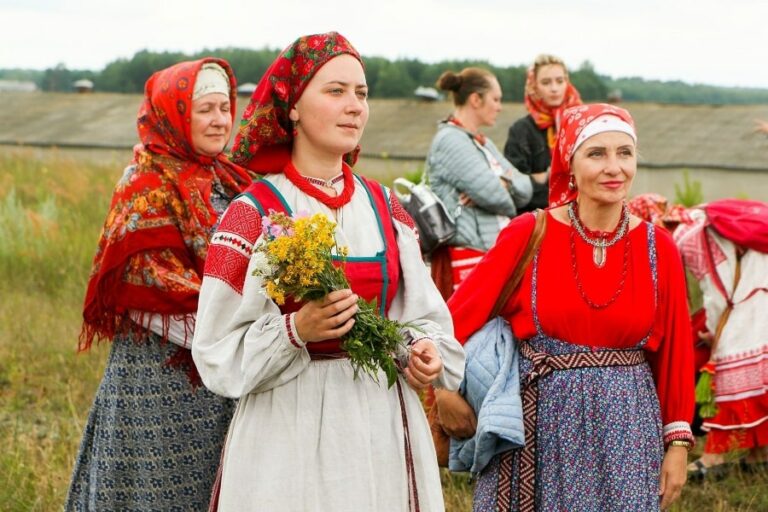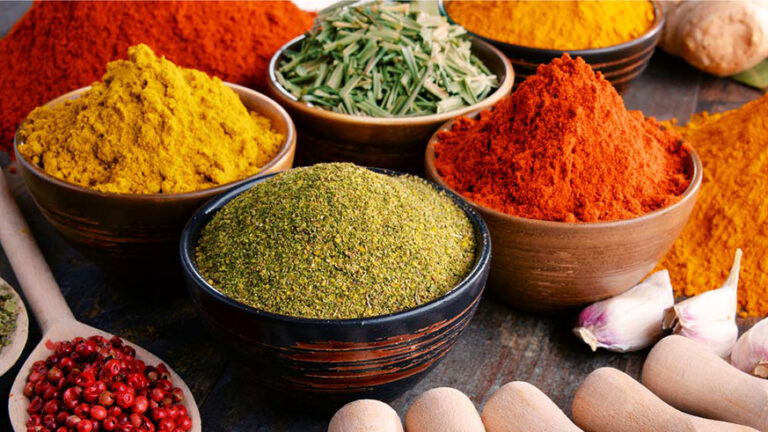Introduction: Romanian Cuisine Overview
Romanian cuisine is a reflection of the country’s diverse cultural influences and natural resources. The cuisine is heavily influenced by neighboring countries like Hungary, Turkey, and Germany, as well as the country’s own agricultural traditions. The use of fresh, seasonal ingredients and bold flavors is a hallmark of Romanian cooking.
Sour Cream: A Staple Ingredient in Romanian Cooking
Sour cream, or smântână in Romanian, is a staple ingredient in Romanian cooking. It is used in everything from soups and stews to desserts and dips. Sour cream is made by fermenting heavy cream with lactic acid bacteria, giving it a tangy flavor and creamy texture. In Romanian cuisine, sour cream is often added to dishes at the end of cooking to add richness and depth of flavor. It is also used as a topping for dishes like stuffed cabbage rolls and roasted potatoes.
Cheese: A Versatile Addition to Traditional Romanian Dishes
Cheese is also a popular ingredient in Romanian cuisine. There are many varieties of cheese used in traditional dishes, including feta-like brânză and the crumbly cașcaval. Cheese is often used as a filling for savory pastries like börek and as a topping for salads and grilled meats. It can also be melted on top of polenta or added to soups for extra flavor and creaminess.
Cabbage: A Nutritious and Flavorful Vegetable in Romanian Cuisine
Cabbage is a nutritious and flavorful vegetable that is used extensively in Romanian cuisine. It is often pickled to make sauerkraut, which is used as a condiment for dishes like sausage and roasted meats. Cabbage leaves are also used as a wrapper for dishes like sarmale, which are stuffed cabbage rolls filled with spiced ground meat and rice. Cabbage can also be shredded and added to soups and stews for added texture and flavor.
Popular Romanian Dishes that Feature Sour Cream, Cheese, and Cabbage
Some of the most popular Romanian dishes that feature sour cream, cheese, and cabbage include: sarmale (stuffed cabbage rolls), mici (grilled meat rolls served with mustard and bread), ciorbă (sour soup made with meat and vegetables), and zacuscă (a vegetable spread made from roasted eggplants and peppers). These dishes showcase the versatility of these ingredients and the bold flavors of Romanian cuisine.
Conclusion: Why You Should Try Romanian Cuisine with These Ingredients
Romanian cuisine is a unique and flavorful blend of cultural influences and natural resources. The use of sour cream, cheese, and cabbage in traditional dishes adds richness, creaminess, and bold flavors. If you’re looking to try something new and exciting, give Romanian cuisine a try with these staple ingredients. You won’t be disappointed.

